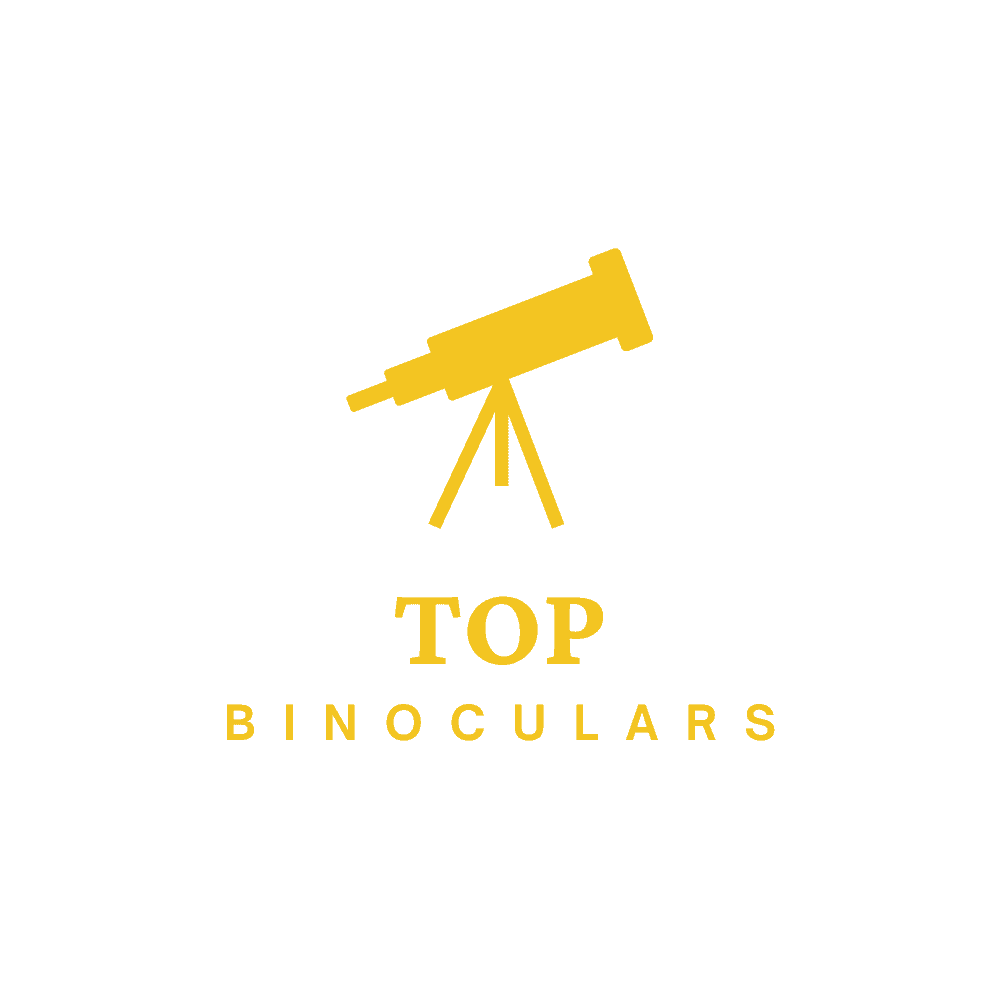At Top Binoculars, I have always been fascinated by the intricacies of the human visual system. One aspect that particularly captivates me is binocular vision and the role it plays in our perception of depth. Binocular cues refer to the visual information that our brain receives from both eyes simultaneously, allowing us to perceive depth and three-dimensional space.
The importance of binocular vision cannot be overstated. It is what enables us to accurately judge distances, navigate our surroundings, and interact with objects in our environment. Without binocular cues, our world would appear flat and two-dimensional, making it difficult for us to perform even simple tasks such as catching a ball or pouring a glass of water.
Key Takeaways
- Binocular cues are essential for depth perception and allow us to perceive the world in three dimensions.
- There are two types of binocular cues: convergence and accommodation, which work together to create a single image in the brain.
- Stereopsis is the science of 3D vision and relies on the brain’s ability to combine the images from each eye.
- Binocular cues can be affected by visual impairments, such as strabismus or amblyopia.
- The applications of binocular cues in technology are vast, from virtual reality to autonomous vehicles, and future research in this field is promising.
The Importance of Depth Perception
Depth perception is the ability to perceive objects in three dimensions and accurately judge their distance from ourselves or other objects. It allows us to understand spatial relationships between objects and gives us a sense of perspective in the world around us.
Imagine walking down a flight of stairs without depth perception – each step would be an uncertain leap into the unknown! Depth perception also helps with activities such as driving, where we need to accurately judge distances between vehicles on the road or estimate how far away an obstacle is.
How Binocular Cues Work
So how exactly do binocular cues work? Our brain processes visual information from both eyes simultaneously and combines them into one cohesive image with depth perception. One important cue that contributes to this process is called binocular disparity.
Binocular disparity refers to the slight difference in perspective between what each eye sees due to their slightly different positions on our face. When we look at an object up close, for example, each eye will have a slightly different view of it because they are positioned at slightly different angles relative to that object.
Our brain then uses this difference in perspective (binocular disparity) along with other visual cues such as texture, shading, and motion parallax to create a sense of depth and three-dimensionality.
Types of Binocular Cues
| Types of Binocular Cues | Description | Example |
|---|---|---|
| Convergence | The degree to which the eyes turn inward to focus on an object | Looking at a finger held close to the nose |
| Stereopsis | The perception of depth based on the slight differences in the images seen by each eye | Viewing a 3D movie with special glasses |
| Accommodation | The ability of the lens in each eye to change shape to focus on objects at different distances | Looking at a book held at different distances |
There are two main types of binocular cues: physiological and geometrical. Physiological cues are based on the way our eyes move and focus, while geometrical cues are based on the differences in perspective between our two eyes.
Physiological binocular cues include convergence and accommodation. Convergence refers to the inward movement of our eyes as an object gets closer to us. Accommodation, on the other hand, refers to the change in shape of our eye’s lens as we shift focus from near objects to far objects.
Geometrical binocular cues include binocular disparity (as mentioned earlier) and stereopsis. Stereopsis is a fascinating phenomenon that occurs when our brain combines the slightly different images from each eye into one cohesive 3D image with depth perception.
Convergence and Accommodation
Convergence and accommodation work together as physiological binocular cues to create depth perception. When an object is close to us, both eyes need to turn inward (converge) in order for it to be focused properly on each retina. This convergence sends a signal to our brain that helps us perceive depth accurately.
Accommodation complements convergence by adjusting the shape of our eye’s lens so that it can focus on objects at different distances. When we look at something up close, like reading a book or using a smartphone, our lens becomes thicker for better focusing ability.
These two physiological cues work seamlessly together without us even realizing it most of the time – they are just part of how we see!
Stereopsis: The Science of 3D Vision
Stereopsis is perhaps one of the most fascinating aspects of binocular vision – it is what allows us to experience true 3D vision! It occurs when our brain combines the slightly different images from each eye into one cohesive image with depth perception.
To understand how stereopsis works, let’s imagine looking at a simple object like a cube. Each eye will have a slightly different view of the cube due to their different positions on our face. Our brain then compares these two images and uses the differences in perspective (binocular disparity) to calculate the depth and shape of the cube.
This process happens almost instantaneously and effortlessly for most people, but it is truly remarkable when you stop to think about it. Stereopsis is what makes 3D movies and virtual reality experiences so immersive – they trick our brain into perceiving depth by presenting slightly different images to each eye.
The Role of the Brain in Binocular Vision
Our brain plays a crucial role in processing visual information from both eyes and creating depth perception. It receives signals from each retina, compares them, and combines them into one cohesive image with depth.
The visual cortex, located at the back of our brain, is responsible for processing this visual information. It has specialized neurons that are sensitive to binocular disparity and other visual cues related to depth perception.
Interestingly, studies have shown that individuals who lack binocular vision due to conditions such as strabismus (crossed eyes) or amblyopia (lazy eye) may still be able to perceive some degree of depth using monocular cues such as shading or motion parallax. This highlights the incredible adaptability of our brains when it comes to vision.
Binocular Cues and Visual Impairment
Visual impairments can significantly affect binocular vision and subsequently impact an individual’s ability to perceive depth accurately. Conditions such as strabismus or amblyopia can disrupt normal binocular function by causing misalignment or reduced acuity in one eye.
For example, someone with strabismus may experience double vision because their eyes are not aligned properly – this can make it difficult to judge distances accurately. Similarly, someone with amblyopia may have reduced visual acuity in one eye, which can affect their ability to perceive fine details and depth.
Fortunately, there are treatments available for these conditions that aim to improve binocular vision and depth perception. Vision therapy, for instance, is a non-surgical approach that involves exercises and activities designed to strengthen the eye muscles and improve coordination between the two eyes.
Applications of Binocular Cues in Technology
The use of binocular cues in technology has opened up exciting possibilities for immersive experiences. Virtual reality (VR) is one area where binocular cues are utilized extensively to create realistic 3D environments.
In VR, each eye is presented with a slightly different image through specialized headsets or goggles. This mimics the natural differences in perspective that our eyes would see when looking at real-world objects. The brain then combines these images using binocular disparity and other cues to create a convincing sense of depth and presence within the virtual environment.
Another application of binocular cues is in 3D movies. By presenting slightly different images to each eye through special glasses, filmmakers can create an illusion of depth on a flat screen – giving viewers a more immersive cinematic experience.
Future Research in Binocular Vision
The study of binocular vision continues to be an active area of research with many exciting avenues yet unexplored. Researchers are constantly striving to understand more about how our brain processes visual information from both eyes and how this contributes to our perception of depth.
One area of interest is exploring how individuals with visual impairments can benefit from new technologies or treatments aimed at improving their binocular vision abilities. Advances in virtual reality technology may provide new opportunities for rehabilitation or training programs tailored specifically for individuals with impaired depth perception.
Additionally, researchers are investigating the potential applications of artificial intelligence (AI) algorithms in enhancing our understanding of binocular vision. By analyzing large datasets of visual information, AI systems may be able to uncover new insights into how our brain processes binocular cues and potentially lead to breakthroughs in the field.
The Fascinating World of Binocular Cues
In conclusion, binocular cues play a vital role in our perception of depth and three-dimensional space. They allow us to navigate our surroundings, interact with objects, and experience immersive virtual environments.
The wonder and complexity of the human visual system never cease to amaze me as a writer. The fact that our brain can seamlessly combine the slightly different images from each eye into one cohesive 3D image is truly remarkable.
As we continue to explore the world of binocular vision through research and technological advancements, we unlock new possibilities for enhancing depth perception in individuals with visual impairments or creating more immersive experiences for everyone.
So next time you marvel at a breathtaking landscape or get lost in a virtual reality adventure, take a moment to appreciate the incredible power of your binocular vision – it truly is an extraordinary gift.
FAQs
What are binocular cues?
Binocular cues are visual cues that rely on the use of both eyes to perceive depth and distance in the environment.
What are the two types of binocular cues?
The two types of binocular cues are convergence and retinal disparity.
What is convergence?
Convergence is the inward movement of the eyes as they focus on an object that is getting closer. This cue provides information about the distance of the object from the observer.
What is retinal disparity?
Retinal disparity is the difference between the images that are projected onto each retina. This cue provides information about the depth of the object in the environment.
How do binocular cues work together?
Binocular cues work together to provide the brain with information about the depth and distance of objects in the environment. The brain combines the information from both eyes to create a single perception of the environment.
What happens if one eye is covered?
If one eye is covered, the brain will rely solely on monocular cues to perceive depth and distance in the environment. This can result in a loss of depth perception and difficulty with tasks that require accurate depth perception, such as driving or playing sports.
What are some applications of binocular cues?
Binocular cues are used in a variety of applications, including virtual reality, 3D movies, and video games. They are also important for tasks that require accurate depth perception, such as surgery and aviation.
Originally posted 2024-01-23 10:13:47.




